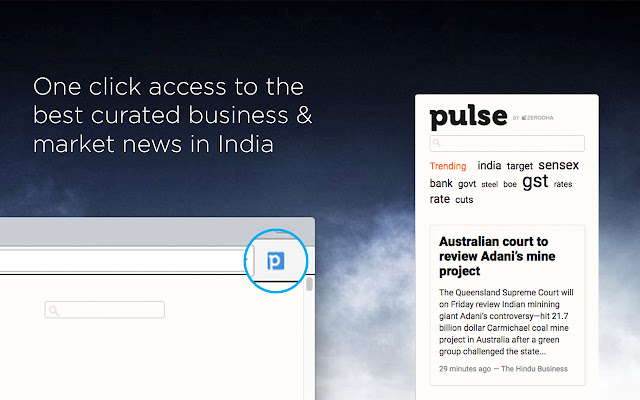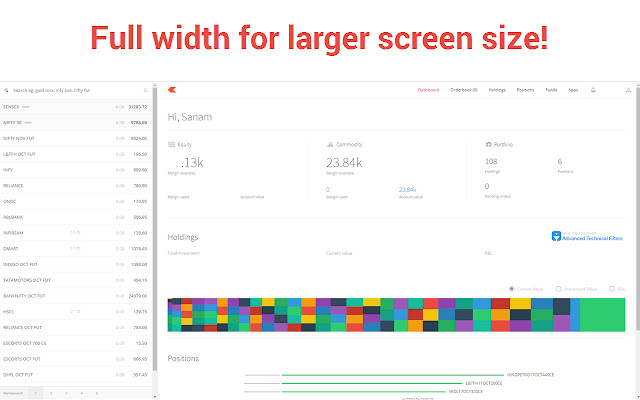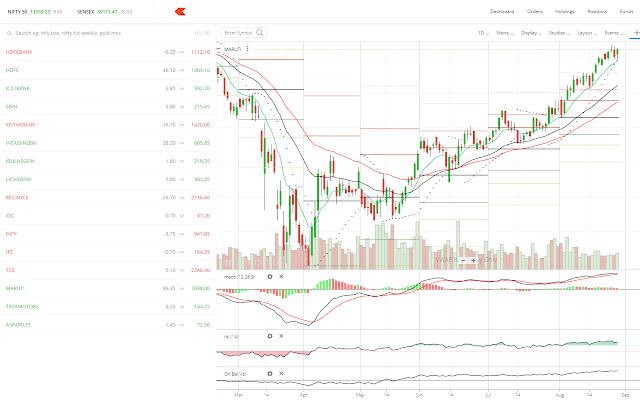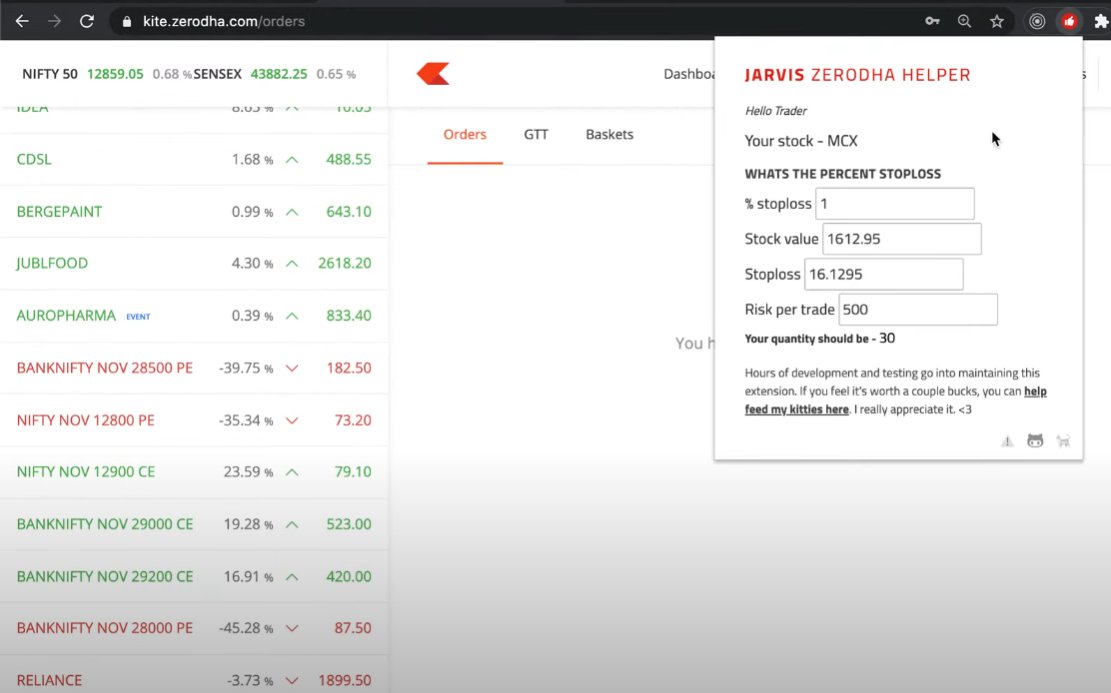Overnight risk will be always capped
Limited Risk will keep you cool
Hedge our position
Strictly not to do for margin, as that will lead to overleveraging.
Traders Sell option for 100 and buy 10 rs option.
That is for margin reduction, not a spread.





I am quite different from your style. I follow the market's volatility very closely. I have mock positions in 7-8 different strategies which allows me to stay connected. Whichever gives best profit is usually the one i trade in.
— Sarang Sood (@SarangSood) August 13, 2019
Anilji most of the time these days Theta only falls when market moves. So the Theta actually falls where market has moved to, not where our position was in the first place. By shifting we can come close to capturing the Theta fall but not always.
— Sarang Sood (@SarangSood) June 24, 2019
This week has been great so far. The main aim is to be in the right side of the volatility, rest the market will reward.
— Sarang Sood (@SarangSood) July 3, 2019
There is a difference between theta decay & fall in vega. Decay is certain but there is no guaranteed profit as delta moves can increase cost. Fall in vega on the other hand is backed by a powerful force that sells options and gives handsome returns. Our job is to identify them.
— Sarang Sood (@SarangSood) February 12, 2020
Screeners helps trader in saving lot of time in filtering best stocks out of 5000+ stocks listed.
— Yash Mehta (@YMehta_) October 28, 2022
Here is the list of top 10 Free Candlestick Pattern based screeners that I use:
Also, last two screeners are my favorite to pick early momentum stocks.
Screeners helps trader in saving lot of time in filtering best stocks out of 1000+ stocks listed.
— Yash Mehta (@YMehta_) September 16, 2022
Here is the list of top 9 Free Price Action based screeners that I use:
Also, last screener is my favorite to pick early momentum stocks.
Screeners helps trader in saving lot of time in filtering best stocks out of 5000+ listed stocks.
— Yash Mehta (@YMehta_) December 9, 2022
Here is the list of top 7 Free Strategy and its respective screeners that I use:
Also, last screener is my favorite to pick early momentum stocks.
There are so many investment strategies, still hardly anyone creates long term wealth in stocks.
— Yash Mehta (@YMehta_) November 25, 2022
Sharing 4 Investment Strategies based on Technical Analysis and Screeners for free (sold as a \u20b9 50,000 course!).
Shared a bonus trading strategy at the end.
A thread \U0001f9f5:




